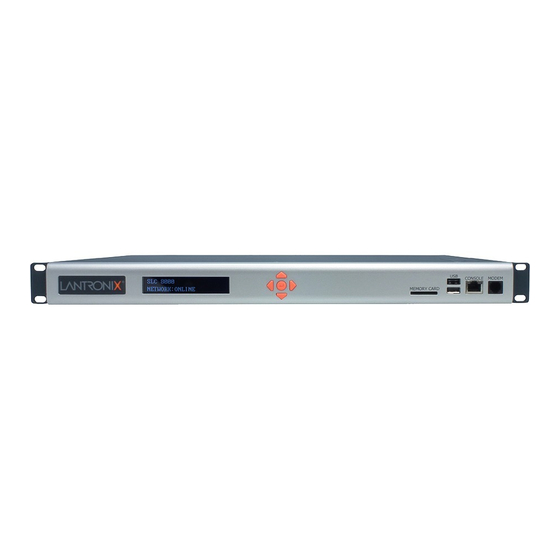
Lantronix SLC 8000 Series User Manual
Advanced console manager
Hide thumbs
Also See for SLC 8000 Series:
- User manual (337 pages) ,
- User manual (396 pages) ,
- Quick start manual (4 pages)
















Need help?
Do you have a question about the SLC 8000 Series and is the answer not in the manual?
Questions and answers